ESA to hire more staff after budget increase
Original Publication Date: 2022-12-30 01:21
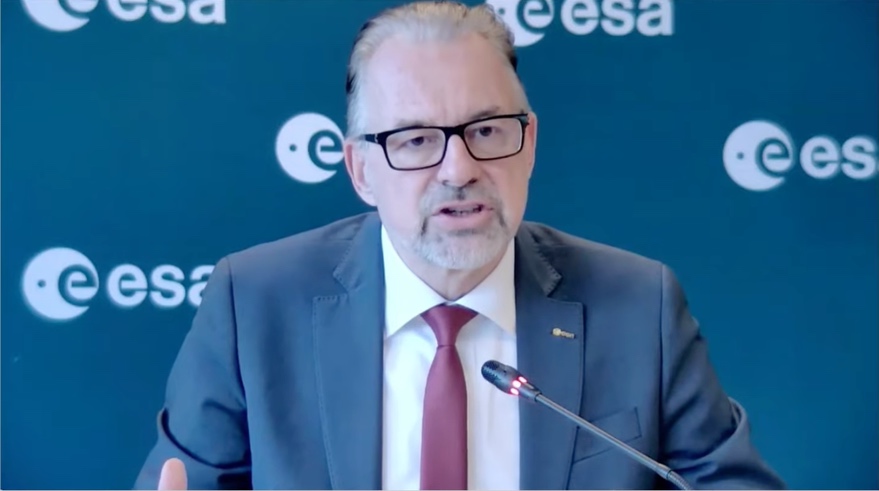
European Space Agency plans to hire 200 new employees in 2023. ESA expects to hire about 400 people overall in 2023, including both the new positions. Decision comes after member states agreed Nov. 23 to provide 16.9 billion euros. The amount, while a significant increase, fell short of the agency’s proposal.
Cubesat launched on Artemis 1 trying to fix propulsion system
Original Publication Date: 2022-12-29 13:01
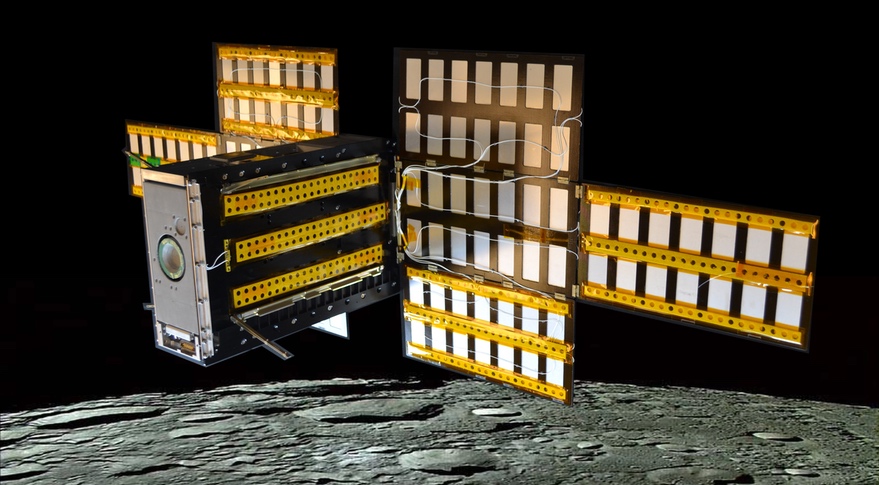
LunaH-Map was one of 10 cubesat secondary payloads flown on the Artemis 1 mission. The spacecraft ran into problems with its propulsion system. Engineers are trying to correct the problem with heaters in the propulsion system. LunaH-Map is equipped with a BIT-3 ion thruster from Busek.
China sends second Shiyan-10 test satellite sent into orbit with its final launch of 2022
Original Publication Date: 2022-12-29 12:16
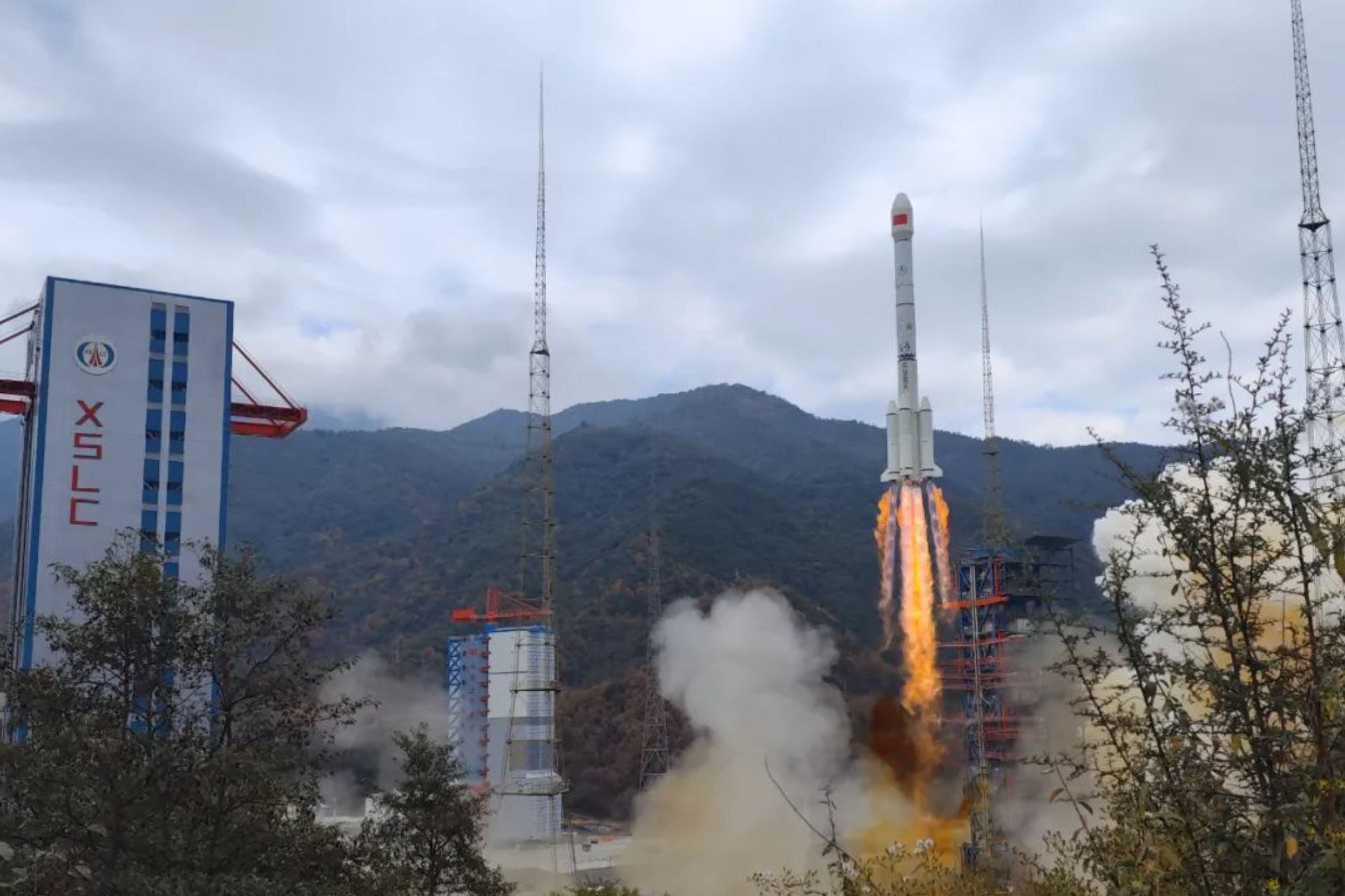
China has conducted its 64th and final launch of the year, sending the Shiyan-10 (02) into orbit. The purpose of the satellites was not revealed. Shiyan series satellites are often classified and understood to be used to test new technologies and payloads for Chinese space systems.
Promoting, protecting and defending freedom’s expansion in space - SpaceNews
Original Publication Date: 2022-12-28 22:19

U.S. Expansion into the high frontier of space has proven to be critically important to global security and economic growth. Commercial space assets are an essential element of U.S. National defense plans and operations. A Euroconsult global 2021 forecast projected 17,000 satellites being built and launched by 2030.
NASASpaceFlight.com
India launches a new ocean monitoring satellite on Saturday morning. The PSLV rocket lifted off from the Satish Dhawan Space Centre at 11:56 local time (06:26 UTC) The EOS-06 spacecraft will be sent into a low Earth orbit to monitor the ocean.
Commercial Archives
SpaceX has launched its 61st and final mission of 2022, this one aboard a Falcon 9 rocket. The EROS-C3 mission lifted off from Space Launch Complex 4 East (SLC-4E) at the Vandenberg Space Force Base. This launch deployed the third NG-series satellite in Israel’s Earth Resources Observation Systems (EROS) network.
International Archives
SpaceX has launched its 61st and final mission of 2022, this one aboard a Falcon 9 rocket. The EROS-C3 mission lifted off from Space Launch Complex 4 East (SLC-4E) at the Vandenberg Space Force Base. This launch deployed the third NG-series satellite in Israel’s Earth Resources Observation Systems (EROS) network.
ISS Updates – Spaceflight101 – International Space Station

A veteran NASA spacewalker and an EVA rookie from Japan ended their week with nearly six hours of work outside the International Space Station. The restoration of the Station’s Mobile Servicing System started last year and continued in January to provide Canadarm2 with a new pair of grappling hands.
Featured – Spaceflight101

A SpaceX Falcon 9 took to the skies over Florida’s Cape Canaveral Monday afternoon. It was lifting a flight-proven Dragon spacecraft into orbit for a critical delivery of science gear, supplies and maintenance hardware. It was the first of at least six cargo ships inbound to the U.S. Segment of ISS this year.
News – Spaceflight101

Europe's Copernicus satellite fleet is gearing up for the arrival of its next addition on Wednesday. A Russian Rockot booster is set to blast off from the Plesetsk Cosmodrome at 17:57 UTC with the Sentinel-3B multi-function satellite.
Re-Entry: Long March 11 Rocket Body – Spaceflight101

The CZ-11 fourth stage used leftover propellant for a partial de-orbit maneuver, lowering its perigee to 120 Kilometers to significantly accelerate its orbital decay. It is reportedly built around a YF-50 main engine and in a nominal mission conducts the orbital circularization after the three CZ-11 stages.
Watch the Latest Water Satellite Unfold Itself in Space

The Surface Water and Ocean Topography (SWOT) satellite launched into Earth orbit on Friday, Dec. 16. The solar arrays fully deployed shortly after launch, taking about 10 minutes. The mission monitors and controls the satellite using telemetry data, but it also equipped spacecraft with four customized commercial cameras to record the action.
Construction Begins on NASA’s Next-Generation Asteroid Hunter

NASA’s Near-Earth Object Surveyor (NEO Surveyor) recently passed a rigorous technical and programmatic review. Now the mission is transitioning into the final design-and-fabrication phase. The mission supports the objectives of NASA’s Planetary Defense Coordination Office (PDCO) at NASA Headquarters in Washington.
Moon Water Imager Integrated With NASA’s Lunar Trailblazer
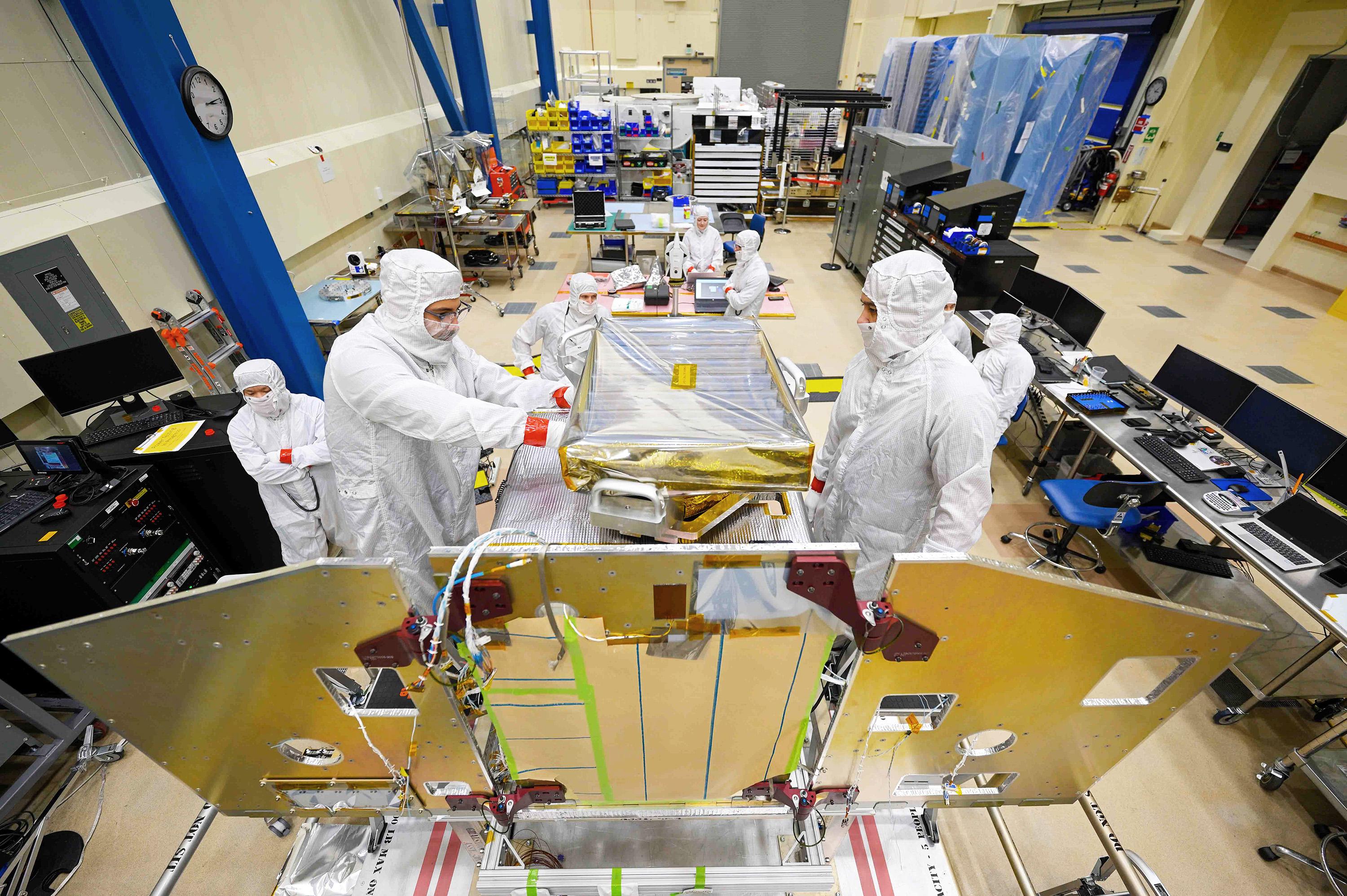
Lunar Trailblazer, NASA’s mission to understand lunar water and the Moon’s water cycle, is one step closer to launching next year. Earlier this month, the agency’s Jet Propulsion Laboratory in Southern California delivered a key science instrument to Lockheed Martin Space in Colorado. The instrument, called the High-resolution Volatiles and Minerals Moon Mapper (HVM3), is one of two on Lunar Trailblazer.
NASA Explores a Winter Wonderland on Mars
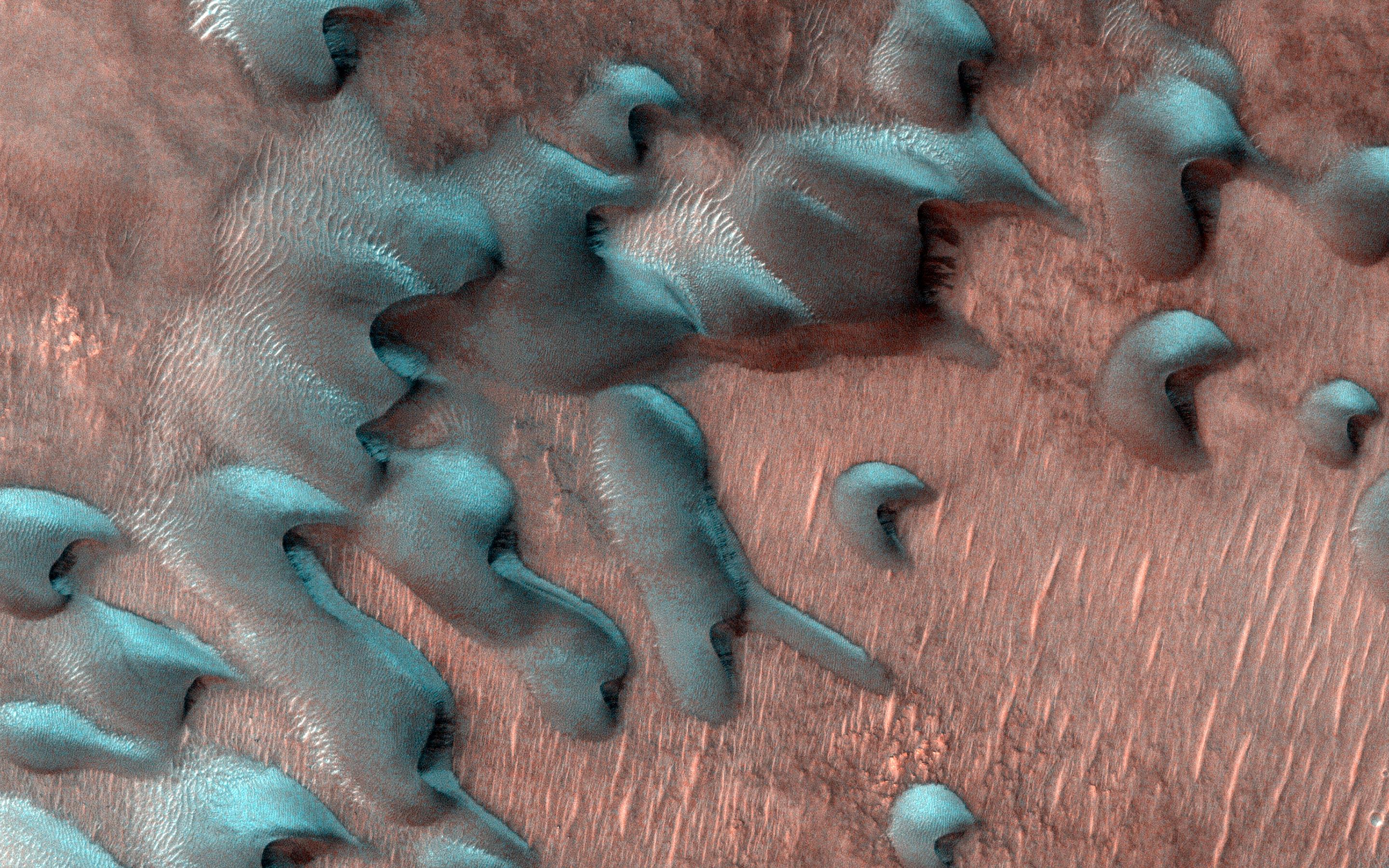
Winter on Mars can get as cold as minus 190 degrees Fahrenheit (minus 123 degrees Celsius) The Red Planet's elliptical orbit means it takes many more months for winter to come around. A single Mars year is around two Earth years. No region of Mars gets more than a few feet of snow, most of which falls over extremely flat areas.
Juno Spacecraft Recovering Memory After 47th Flyby of Jupiter

NASA’s Juno spacecraft completed its 47th close pass of Jupiter on Dec. 14. Afterward, as the solar-powered orbiter was sending its science data to mission controllers from its onboard computer, the downlink was disrupted. The issue was most likely caused by a radiation spike as Juno flew through a radiation-intensive portion of Jupiter’s magnetosphere.
NASA Retires InSight Mars Lander Mission After Years of Science

NASA's InSight mission has ended after more than four years of collecting unique science on Mars. Mission controllers at the agency’s Jet Propulsion Laboratory in Southern California were unable to contact the lander after two consecutive attempts. The last time InSight communicated with Earth was Dec. 15.
NASA’s Perseverance Rover Deposits First Sample on Mars Surface

NASA's Perseverance Mars rover has placed a titanium tube on the Red Planet's surface. Over the next two months, the rover will deposit a total of 10 tubes at the location, called “Three Forks. The depot marks a historic early step in the Mars Sample Return campaign.
